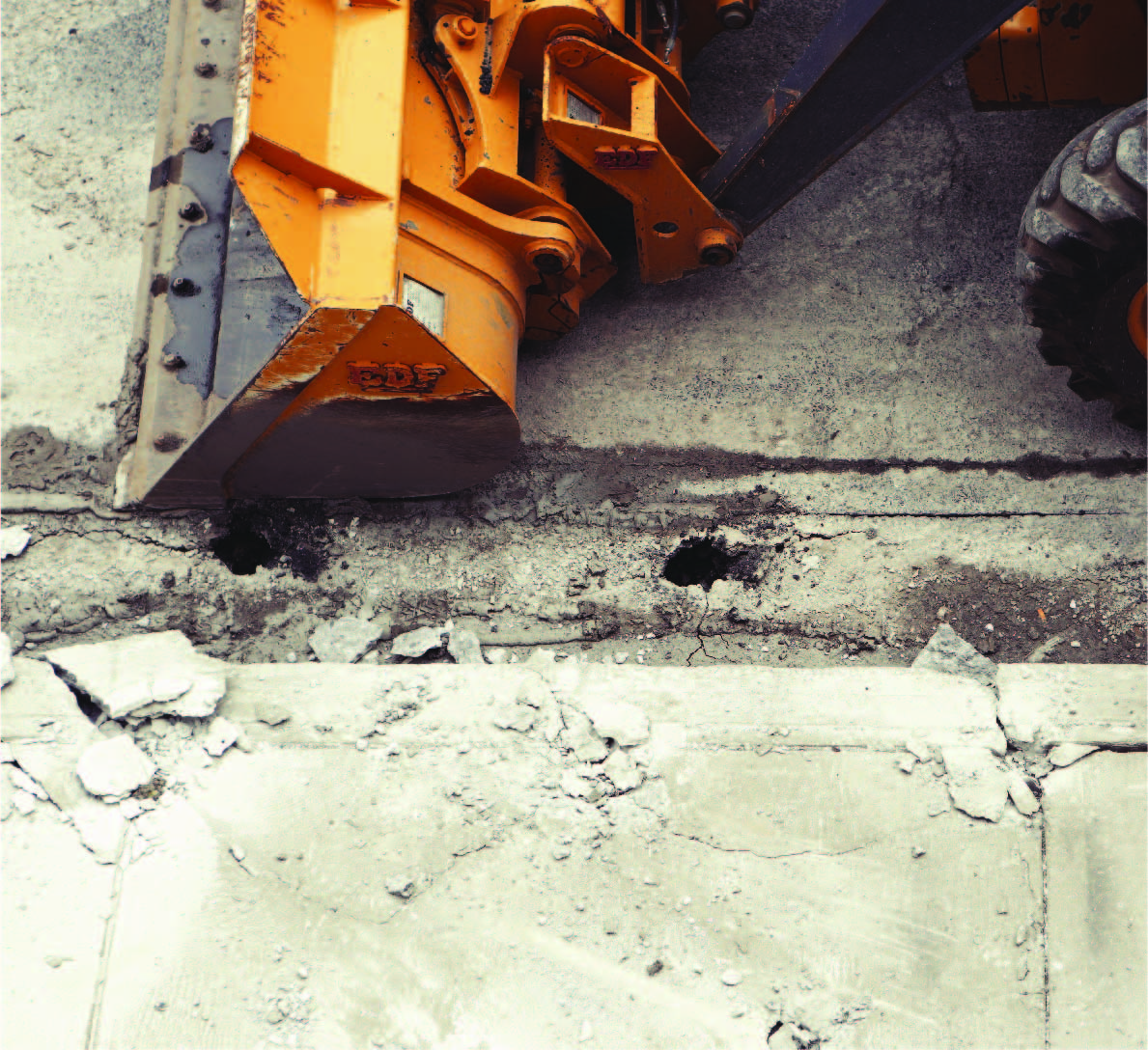Where the Sidewalk ends

Communities thrive when residents feel a sense of connectedness and belonging. Neighborhood design is often an overlooked element that impacts social connection and overall health of residents. Engineering Chair & Professor Dr. Rhonda Kae Young is working with Civil engineering students to advocate for equitable infrastructure in the Spokane area. So, what does this mean? Infrastructure can mean a lot of things from sidewalks to roads to availability and access to public utilities.
The Cincinnati Green Way Project is a prime example of how Dr. Young and her students are applying civil engineering and urban design to connect people and place together. Greenway corridors are designed for multi-use - cyclists, walkers, joggers, and cars – to improve health through active living. Greenways reduce car cut throughs by implementing boulevards and reduce driving speeds by making pedestrians and cyclists more visible. In researching the “subconscious” factors that motivate our driving habits, roads lined with trees have slower traffic than roads without trees. Property value is also tied to the quality of sidewalks and the roads that lead to your home.
The quality and accessibility of infrastructure such as neighborhood roads and sidewalks directly impacts whole health outcomes for communities. Neighborhoods may have underutilized parks if sidewalks are not maintained, and road crossings are absent. Parents will be less likely to let their children walk to the park because of safety. Poor infrastructure may also limit access to bus routes, medical care, grocery stores, work, and schools. The physical presence of cars can create congested, high-traffic areas that increase exposure to unhealthy emissions.
Dr. Young and her students have advocated with local neighborhood councils for access to city funds to ensure infrastructure is not being overlooked in under resourced communities in Spokane. At the end of the day, infrastructure is a social justice issue and Dr. Young, and her students are working to ensure that neighborhoods that Dr. Young and her students are working to address have a more equitable future.
